How to Improve Your Pull Up Strength [Beginner to Advanced]
Understanding the Fundamentals
Before tackling advanced pull-up techniques, mastering the basics is non-negotiable. This means drilling proper form, grip variations, and body alignment until they become second nature. Flawless technique isn't just about performance—it's your best defense against injuries while ensuring consistent strength gains. When your form locks in, you'll feel every rep targeting the right muscle groups: lats firing, biceps engaged, and core braced like a steel spring.
Choosing the Right Grip
Your hand placement dictates which muscles bear the brunt of the work. Spread your hands wide to torch your lats, or bring them closer to hammer your biceps. The sweet spot? Whatever grip lets you maintain perfect spinal alignment from crown to heels. Test different widths during warm-ups—you'll know you've found yours when the movement feels fluid yet challenging.
Mastering Proper Form
Picture this: shoulders packed down, chest proud, and legs slightly forward to counterbalance. This isn't just posture—it's biomechanical armor. When you initiate the pull, imagine driving your elbows toward your hips rather than yanking with your arms. That mental switch alone can mean the difference between struggling through three reps and nailing ten with control.
Gradual Progression and Consistent Training
Rome wasn't built in a day, and neither is pull-up prowess. Start with negatives—the controlled descent portion—until your muscles scream mercy. Three focused sessions weekly will outpace seven haphazard attempts every time. Track your numbers religiously; that notebook becomes your roadmap when progress feels invisible.
Warm-up and Cool-down Routines
Skip these at your peril. Dynamic arm swings and shoulder dislocations prep your joints for battle. Post-workout, hit the doorway stretch—forearm against the frame, lean through for a deep lat stretch that'll make tomorrow's soreness manageable. This isn't optional maintenance—it's the secret sauce for longevity.
Intermediate Stage: Mastering the Movement

Understanding Key Concepts
Now's when theory meets sweat. Your notebook should overflow with observations—which grip fatigues fastest, where form breaks first. This forensic approach transforms random workouts into targeted skill-building. That moment when you finally feel your lats engage? That's gold—chase that sensation relentlessly.
Developing Problem-Solving Skills
Hit a plateau? Time to experiment. Maybe alternating grip days—wide on Monday, narrow on Thursday—shocks your system awake. The solution often lies in the problem's opposite: if you're failing at the bottom, try isometric holds at the sticking point. Document what works; your future self will thank you.
Practicing Application in Real-World Scenarios
Test your skills under fatigue—do three pull-ups between every set of squats. Notice how your form holds (or crumbles) when exhausted. These stress tests reveal more than any mirror ever could. Bonus: carry this grit into other lifts—your deadlift will thank you.
Refining Strategies and Techniques
Now we're cooking with gas. Try cluster sets—five singles with ten seconds rest between. Or grease the groove—do half your max reps every time you pass the bar. These aren't tricks—they're force multipliers. Your rep count will skyrocket while maintaining pristine form.
Assessing Progress and Identifying Weaknesses
Film yourself monthly. That slight kip you didn't feel? The camera never lies. Brutal honesty here separates perpetual intermediates from soon-to-be advanced athletes. Celebrate wins, but hunt weaknesses like they owe you money.
Advanced Stage: Elevating Your Pull-Up Game
Mastering the Grip
At this level, your hands become vice grips. Try towel hangs to forge grip strength that would make a rock climber nod in respect. When ordinary bars feel like kindergarten toys, you'll know you've arrived. For next-level torture, alternate between fat grips and finger-tip hangs.
Improving Your Body Position
Advanced means intentional imperfections. Sometimes you'll arch slightly to overload the lats; other times stay hollow to torch the core. This isn't inconsistency—it's surgical targeting. Play with tempo too: explosive ups paired with three-second negatives build hybrid strength.
Progressive Overload: Gradually Increasing the Challenge
Time to get creative. Attach chains that add resistance at the top. Wear a weighted vest for apocalyptic intensity. The rule? Never let your body fully adapt. When five reps feel easy, it's not time to do six—it's time to do five with 10lbs extra.
Leveraging Assistance Techniques
Paradox alert: assisted machines now become un-assistance tools. Set the counterweight to add resistance at the bottom only. This forces explosive starts—the kryptonite of sticking points. Band-resisted pull-ups (yes, resisted) teach your nervous system to recruit fibers faster.
Understanding Your Body's Needs
Advanced means listening to whispers before they become screams. That slight elbow twinge? Address it today with rice bucket exercises. Your training log should include recovery metrics—sleep quality, joint mobility, even mood. These are your true progress indicators.
Consistency and Patience
Here's the dirty secret: advanced athletes still do beginner drills. Those perfect-form bodyweight pull-ups between weighted sets? That's the real mastery. The day you stop refining basics is the day your progress stalls.
The transformation from passive reading to active recall marks these apps' greatest strength. Imagine your brain as a muscle—each flashcard session is like doing targeted memory curls. The strategic repetition isn't just about brute-force memorization; it's about creating neural pathways that withstand the test of time. This proves especially valuable for subjects like organic chemistry reactions or historical timelines where rote learning is unavoidable.
Nutrition and Recovery: Essential Components

Fueling Your Body for Optimal Performance
Nutrition isn't about diets—it's strategic fueling. Time your carb intake like a pit crew—fast-digesting post-workout, slow-burning before bed. That post-training shake? Make it a ritual as non-negotiable as the workout itself. Pro tip: tart cherry juice at night reduces inflammation better than any supplement.
Hydration: The Unsung Hero of Recovery
Dehydration isn't just thirst—it's stolen reps. Weigh yourself pre/post workout; for every pound lost, drink 20oz with electrolytes. Your muscles are 75% water—treat them like the aquatic organisms they are. Add Himalayan salt to your water bottle for mineral replenishment.
Prioritizing Protein for Muscle Repair
Spread your protein like dividend payments—30-40g every 3-4 hours. Casein before bed acts as a time-released muscle repair kit. Vegetarian? Pair rice protein with peas for a complete amino acid profile. Remember: more isn't better—better timing is better.
Rest and Sleep: The Cornerstones of Recovery
Sleep isn't downtime—it's when the magic happens. 90-minute sleep cycles are your new currency—aim for multiples (6, 7.5, 9 hours). Nap like a pro athlete: 20 minutes post-lunch boosts growth hormone. Your pillow is as crucial as your pull-up bar—invest accordingly.
Read more about How to Improve Your Pull Up Strength [Beginner to Advanced]
Hot Recommendations
-
*Guide to Managing Gout Through Diet
-
*Best Habits for Financial Well being
-
*How to Build a Routine for Better Mental Health
-
*How to Eat Healthy on a Budget [Tips & Meal Ideas]
-
*Guide to Practicing Self Acceptance
-
*How to Incorporate More Movement Into Your Day
-
*Guide to Managing Chronic Pain Naturally
-
*Guide to Building a Reading Habit for Well being
-
*Top 5 Weight Loss Supplements That Actually Work
-
*Best Exercises for Postpartum Recovery [Beyond Abdominal Work]
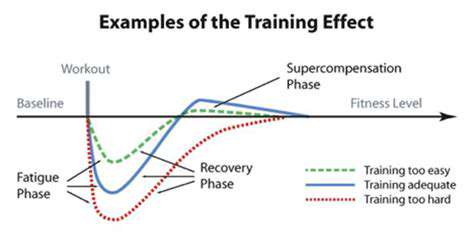

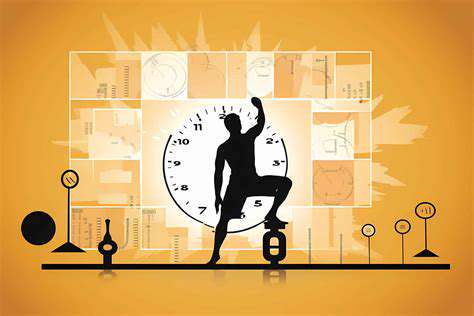
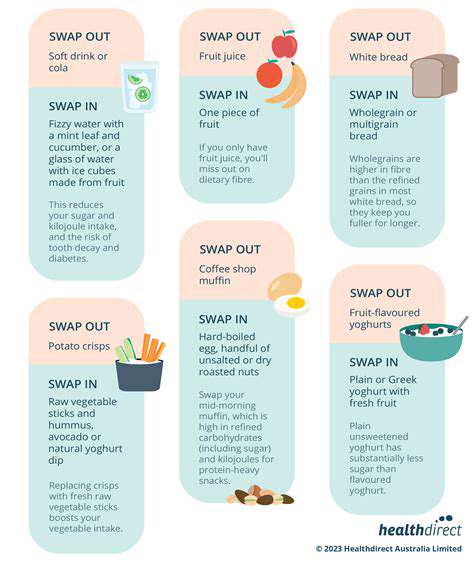



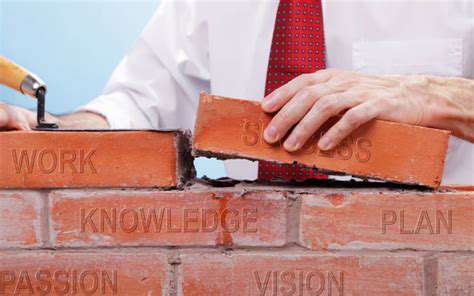

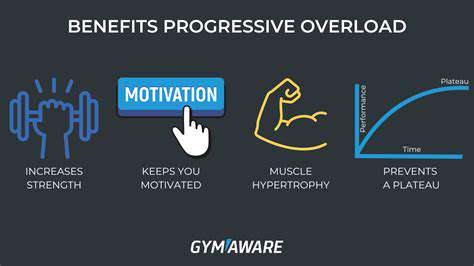

![Best Nutrition for Teen Athletes [Fueling Growth & Performance]](/static/images/26/2025-06/BeyondtheBasics3AMicronutrientsandSupplements.jpg)